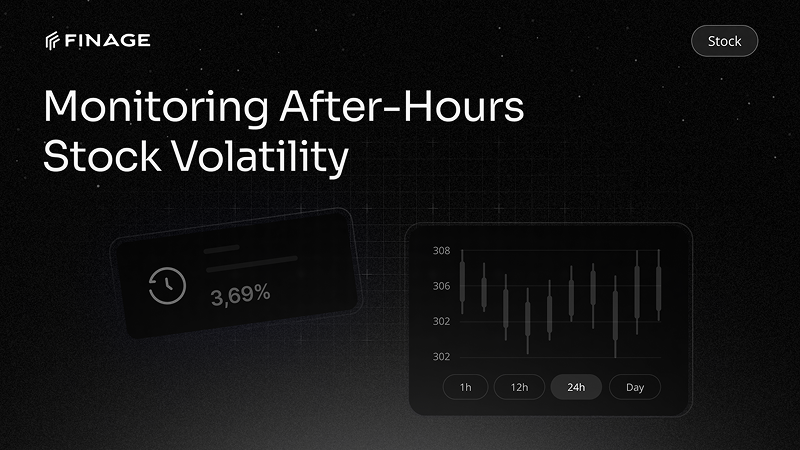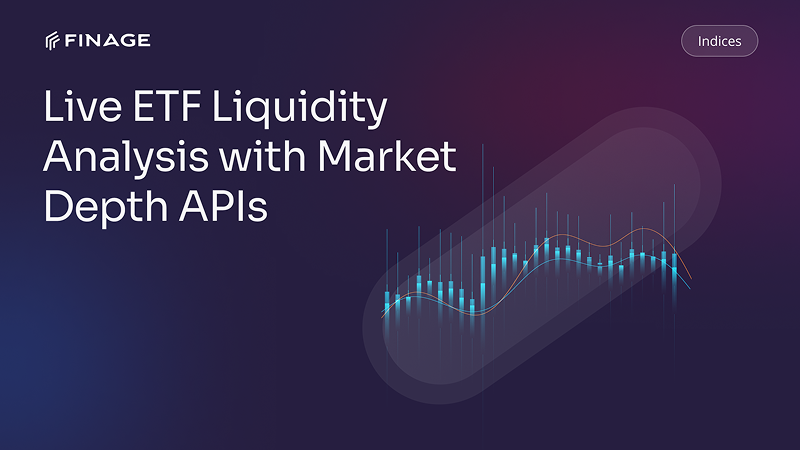What Are Key Economic Indicators in Different Countries?
5 min read • December 21, 2024

Introduction
Whether we're aware of it or not, a lot of our daily lives are affected by and contribute to the various economies in which we live, and from this, economic strength can be determined. This is done by looking at a host of indicators through which we can get a full picture of where a country stands economically. It could be done through the various instruments and tools. For example, it could be done by using market data API or real-time stock data API for algorithmic trading, real-time market data or historical data tools.
While the title of this piece certainly implies it, what you will find in the real world is that these indicators are indeed universal. If you're interested, let’s explore which economic indicators to look for and how they can serve your goals.
Contents:
- The purpose of said indicators
- The most notable
- The nation's total value
- The gradual price increases
- Slowdowns and inflation indicators
- The ease of money borrowing
- Final thoughts
The purpose of said indicators
As the introduction hints at, economic indicators essentially give interested parties a look into how a country’s economy is doing, after which various decisions can be made. The interested parties in question are often the following:
- Day traders who are trying to stay ahead of the stock market and look at both microeconomic and macroeconomic indicators to find trends before they occur
- Long-term investors who look at said signs to see which countries support certain industries to a point that make profits more of a possibility
- Governments, who look at said factors to create necessary monetary and/or fiscal policy in reaction to their own economic issues
The most notable
Now, government interests are usually veered around the larger issues facing the economy or at least the most general, which is why in this piece, only macro elements will be looked at. These are studied by not only the aforementioned governments, but the other parties that we've discussed above, and they indeed numerous.
The nation's total value
The one that many could argue is the indicator most looked at is the gross domestic product or GDP, which is the total value of all things a country produces. GDPs that are viewed favorably, which hail from developed countries, and typically are at around 2-3 percent per year, are the standard strong economy.
Additionally, the financial data API for economic research, tools or platforms used for accessing real-time GDP data and other economic indicators for analysis would be useful here. APIs (Application Programming Interfaces) can help and enable researchers, economists and businesses to automate and integrate this data into their work.
On the other hand, those showing the opposite are typically representative of developing nations, whose economies are weaker. The reason as to why the GDP is thought of as a major indicator is that within it, other affecting factors can be found, with the main ones being:
- The employment rate
- The production rate
The gradual price increases
Outside of the GDP, one could also look at the inflation rate, which basically looks at the gradual price increase of goods and services over time. When economies are seeing periods of growth, inflation rates will increase until they become unfavorable to consumers, at which point government policies have to be created to lower the rate.
Slowdowns and inflation indicators
When economies are slowing down, the inflation rate will follow suit, but it will pretty much hurtle towards zero; a rate that shows that nothing at all can be bought, and is synonymous with the following;
- Low money supply
- Lower employment rates
- A weaker currency
By the way, the APIs help researchers, analysts, and businesses monitor economic conditions, including inflation, in real-time. You can use the listed below solutions that provide real-time and historical financial data for analysis:
- Market Data API: Access to general market metrics.
- Stock Market Data API Tracks stock performance.
The ease of money borrowing
As you can imagine, the governments dealing with inflation rates realize that it is very much a balancing act, which requires the creation of policy that increases and/or decreases it at the right time. One of the ways they do this is by having the central banks either heighten or lower interest rates, which are the indicator we're going to discuss next.
The interest rate set up by central banks are the interest rates that all other banks adopt in order to either increase, or limit the ability customers have to borrow money. If the rate is increased, the people aren't as encouraged to borrow money, which they can use for personal things, or financing business ideas.
This, as a result, makes higher interest rates a sign of a weaker economy, or one that is intentionally being made weak to keep the currency ideal, for example. If the rate is low, or lowered, the idea is to get people easier access to loans as possible. This in turn allows the public to do more of the things stated above, and is therefore a sign of a strong economy, or one whose central bank is trying to make it strong.
Final thoughts
Irrespective of what type of entity you are, there's no doubt that the importance of the greater economic factors discussed in this piece cannot be understated. In just the few that we've looked at, it is clear that the average person plays an active role, while their respective governments seek to make the necessary adjustments for an ideal economy.
For all parties to get the best picture, using as many of these indicators in tandem is the requirement, as the truth is that partial pictures just won't suffice. It is only with these indicators used together that governments, traders and long term investors can make well-informed decisions, especially when using proper tools.
You can get your CFDs Indices Market Data with a Index API key.
Build with us today!
Claim Your Free API Key Today
Access stock, forex and crypto market data with a free API key—no credit card required.

Stay Informed, Stay Ahead
Finage Blog: Data-Driven Insights & Ideas
Discover company news, announcements, updates, guides and more


